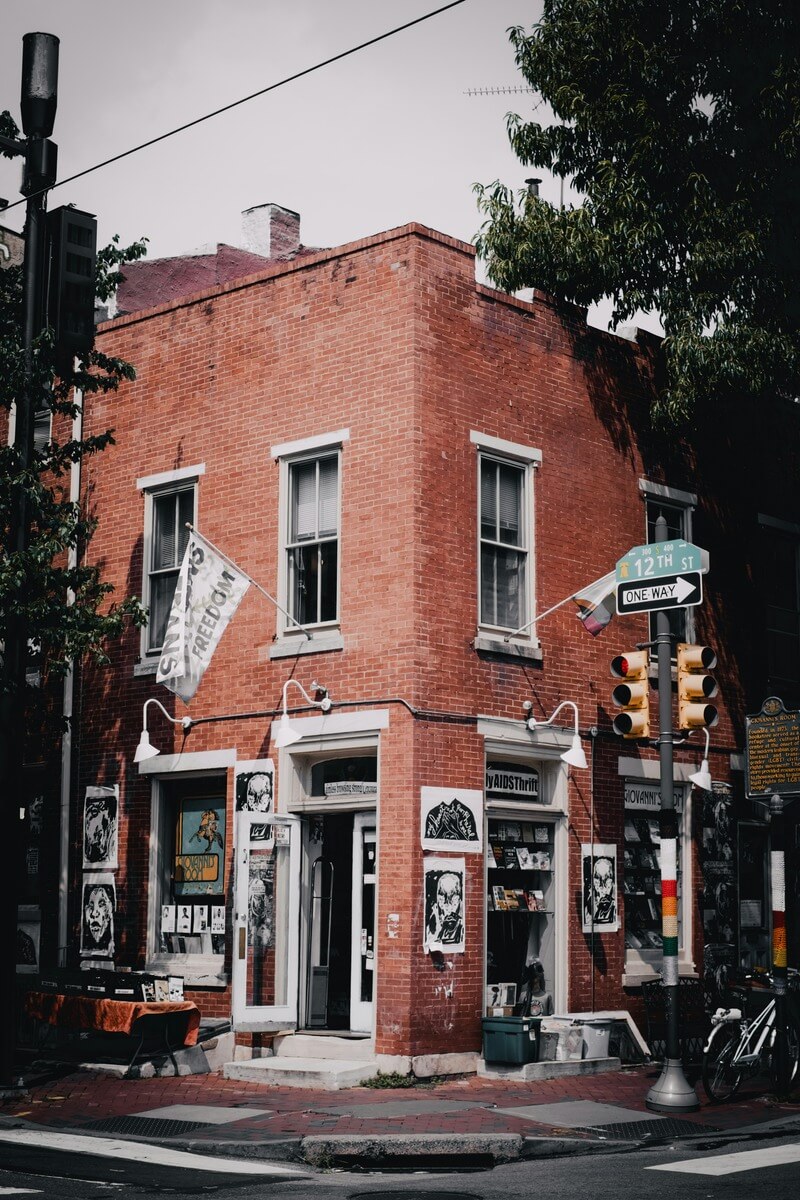How to Spot Mold in Your Commercial Property Before It Becomes a Big Problem
Detect mold in your commercial property early to prevent costly damage. Learn signs, prevention, and remediation strategies.

Identifying Mold in Commercial Properties
Mold is a persistent and often hidden issue that can wreak havoc on commercial properties. If left unaddressed, it can lead to structural damage, health risks, and costly remediation efforts. The key to preventing a full-blown mold infestation is early detection. By knowing the warning signs, business owners and property managers can take quick action to mitigate risks. Here’s how to spot mold in your commercial property before it becomes a big problem.
Common Signs of Mold Growth
1. Musty Odors
One of the first signs of mold is a persistent musty or earthy smell. If certain areas of your building have an unusual odor, especially in basements, restrooms, or storage rooms, mold may be growing unseen.
2. Visible Mold Growth
Mold can appear in various colors, including black, green, white, or even orange. It may look like small spots, fuzzy patches, or even streaks along walls, ceilings, and flooring. Pay special attention to areas prone to moisture, such as near sinks, HVAC vents, and window sills.
3. Water Stains and Discoloration
Yellow or brownish water stains on walls, ceilings, or floors can be a precursor to mold growth. These stains indicate moisture issues, which create an ideal breeding ground for mold.
4. Peeling Paint or Wallpaper
Excess moisture behind walls can cause paint or wallpaper to bubble, crack, or peel. This is often an indication of water damage, which increases the likelihood of hidden mold.
5. Increased Allergy Symptoms in Occupants
If employees or tenants complain of persistent allergies, respiratory issues, or skin irritation, mold could be the culprit. Common symptoms include sneezing, itchy eyes, coughing, and headaches.
6. Condensation and High Humidity Levels
Consistently foggy windows, condensation on pipes, or a generally humid indoor environment can contribute to mold growth. If your commercial property struggles with moisture control, it’s important to address ventilation and dehumidification.
7. HVAC System Issues
Mold spores can travel through a building’s HVAC system, leading to widespread contamination. If you notice unusual odors coming from air vents or employees experiencing health symptoms when the system is running, mold might be present in the ductwork.
Proactive Steps to Prevent Mold Growth
1. Conduct Regular Inspections
Schedule routine inspections of high-risk areas, such as restrooms, kitchens, storage rooms, and basements, to catch mold issues early.
2. Address Water Leaks Immediately
Fix leaky pipes, roof damage, and any other sources of water intrusion as soon as possible to prevent mold from taking hold.
3. Improve Ventilation
Ensure proper airflow in all areas of your building, particularly in spaces prone to humidity, such as restrooms and kitchens.
4. Monitor Indoor Humidity Levels
Keep indoor humidity levels between 30% and 50% using dehumidifiers and air conditioning systems.
5. Clean and Maintain HVAC Systems
Regularly service HVAC systems to prevent mold spores from spreading throughout your commercial property.
6. Use Mold-Resistant Materials
When renovating or repairing your property, opt for mold-resistant drywall, paints, and insulation to reduce mold risks.
When to Call a Professional
If you suspect mold but cannot locate its source, or if the problem seems widespread, hiring a professional mold remediation company is the best course of action. Experts can conduct thorough inspections, test air quality, and perform safe mold removal to prevent further contamination.
Conclusion
Early mold detection is crucial in protecting your commercial property from extensive damage and potential health hazards. By staying vigilant and addressing warning signs promptly, business owners and property managers can keep their buildings safe, healthy, and mold-free. If you need expert assistance, don’t hesitate to reach out to a professional mold remediation service today.
.jpg)
Top Shelf Mold Removal
Our goal is to treat Philadelphia homes at an affordable cost to make happier, healthier communities.
Get a free quote today.

.png)
